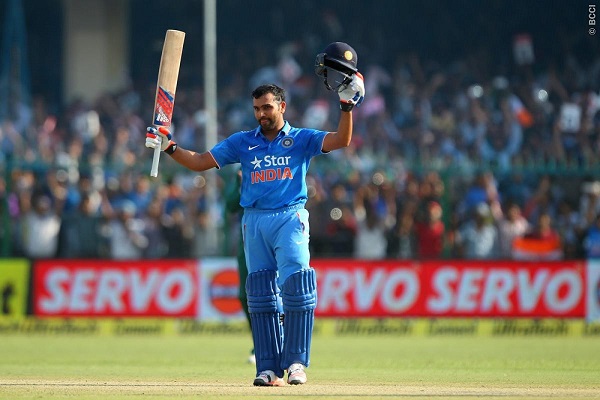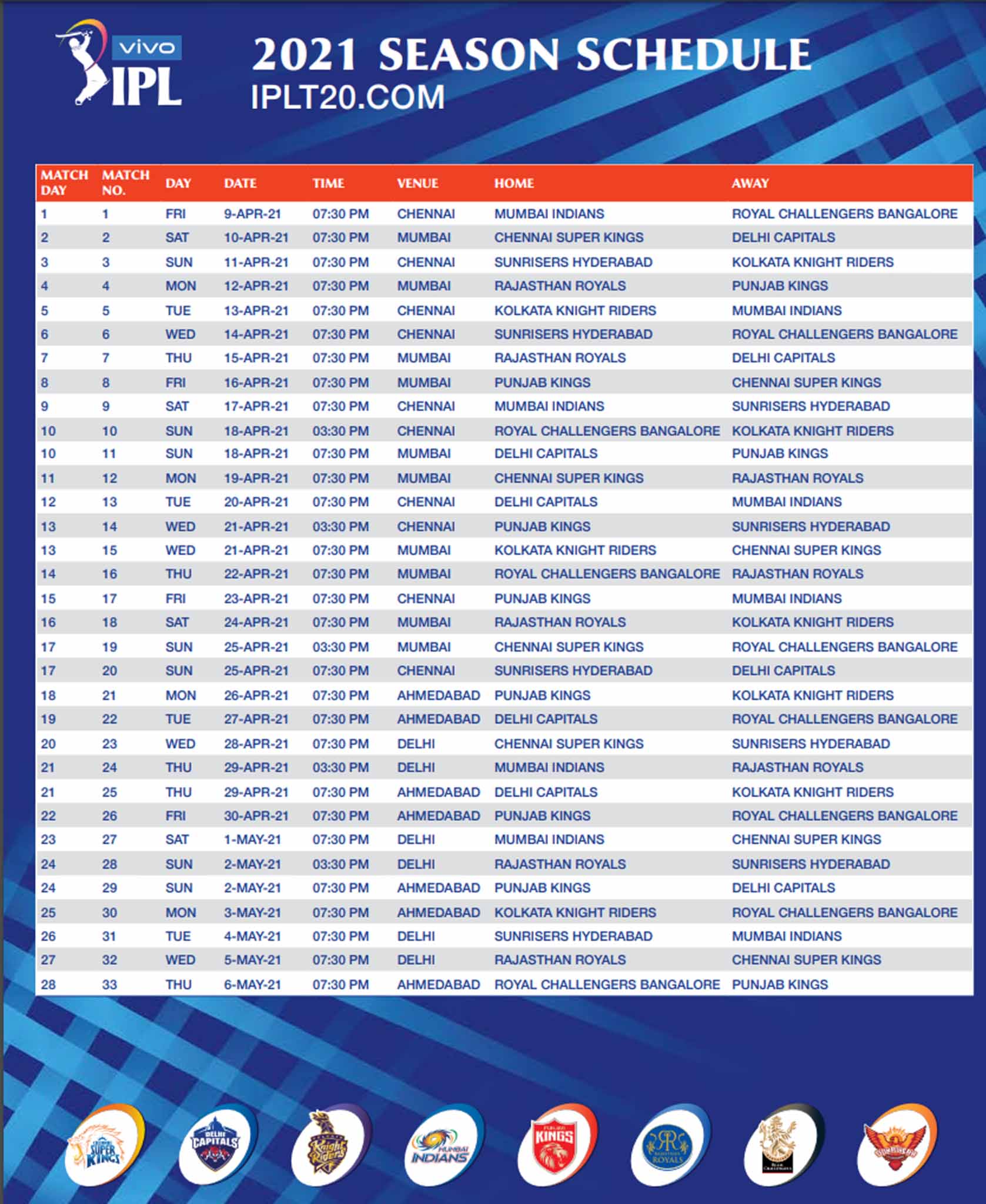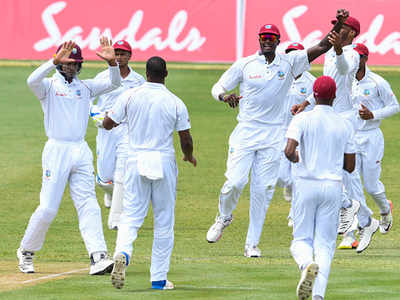By: BCCI

When Rohit Sharma is on song, there are few bowling attacks that can put a stop to his willow work. Chasing 304 at Kanpur in the first ODI, Rohit scored 150 of those runs which still weren’t enough to take the team through. Though the team ended up on the losing side, MS Dhoni in his post-match press conference was in awe of the opening batsman’s batting display. On a personal note, Rohit too was glad that he was converting his hundreds into bigger hundreds – an aspect of his game that he has been working on rigorously of late.
“In the past few years it has always been my effort to bat long and as deep as possible. It has been a conscious effort from my side.” he said. “After you get to a hundred you tend to relax a bit and lose your concentration. That is the time you can challenge yourself as a batsman as to how long you can push. It was my responsibility to bat as deep as possible after getting a hundred in Kanpur. I didn’t want to throw it away. If you have one set batsman batting through the innings, it makes life easier for the rest of the batsmen to play around him and get to the target you want to. I am glad I could bat as long as I did and I want to continue to do that.”
Giving him company at the other end was Ajinkya Rahane who walked out to bat at the crucial batting position of No.3, replacing Virat Kohli on that slot. Rohit was happy with his teammate’s contribution at the top order. “We know he (Rahane) was playing his first game and batting at a new position. I thought he batted really well. He complemented me very well. Coming from the same state, we play a lot of cricket together and we know each others’ batting really well which mattered a lot. We ran between the wickets a lot and rotated the strike well. He has got off to a very good start now and I am sure he would want to capitalise on it and score more runs.”
But is Rahane’s new batting position a solution for the batting order dilemma? “It’s a thought we need to look at carefully, and what we do with our players in the batting order,” Rohit answered. “It depends on what MS Dhoni thinks about it. I know Virat has scored most of his runs batting at No. 3, and Ajinkya just played at No.3 and got some runs. But I don’t know if it’s a permanent solution, but time will tell as to what will be the ideal batting line-up for us. No. 3, No. 4 and No. 5 are very crucial positions, as we saw in the last game. At the moment we are trying to find out what will be the best combination going forward, but in the next few games, we will have a proper batting line-up. Our next game is important and we have to get the combination and the batting-order right.”
A lot of India’s fortunes depend on their batting success, be it chasing down targets or setting up a huge total. And for that to happen, the top four in the batting line-up had to take the responsibility according to Rohit. “The top three or four batsmen have to bat as long as possible, especially while chasing. It’s important that one batsman who is set and is hitting the ball really well, to stay till the end. It makes life easier for other batsmen to come in and just nudge around, take singles and rotate the strike. When you are batting first, there is no pressure of the scoreboard. You are just batting freely, and you bat. Over the last two years, the top three or four have got big hundreds, which means the set batsman has batted through most of the times.”
Shifting focus to the second ODI, the pitch at the Holkar stadium in Indore is expected to fetch a lot of runs. The last time India played here they scored 418 against West Indies owing to a double century from Virender Sehwag. Rohit though had his doubts on getting scores of that magnitude this time around. “It looks like a very good batting track, but with the new rules coming in, with one more fielder outside, I don’t know if 300s and 350s will be scored more often. You have to bat really well. If you bat well, and don’t lose too many wickets, you might end up getting close to 350.”
For all latest updates on India vs South Africa follow Drcricket7.com







